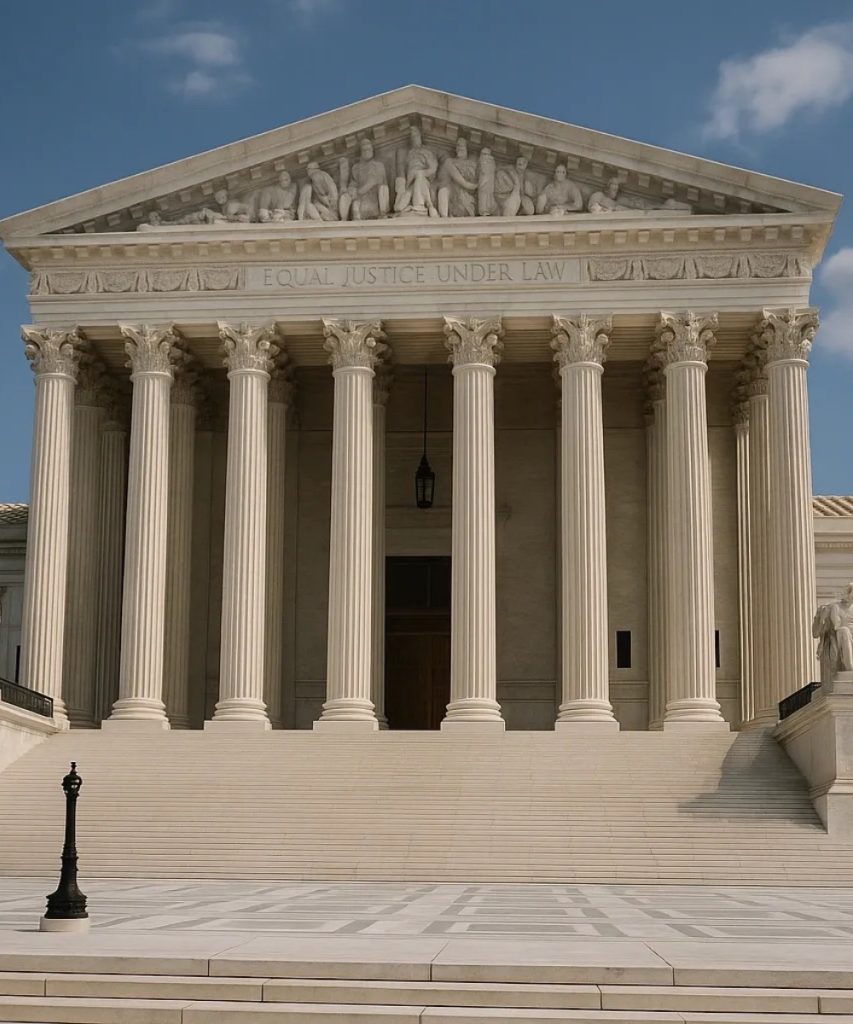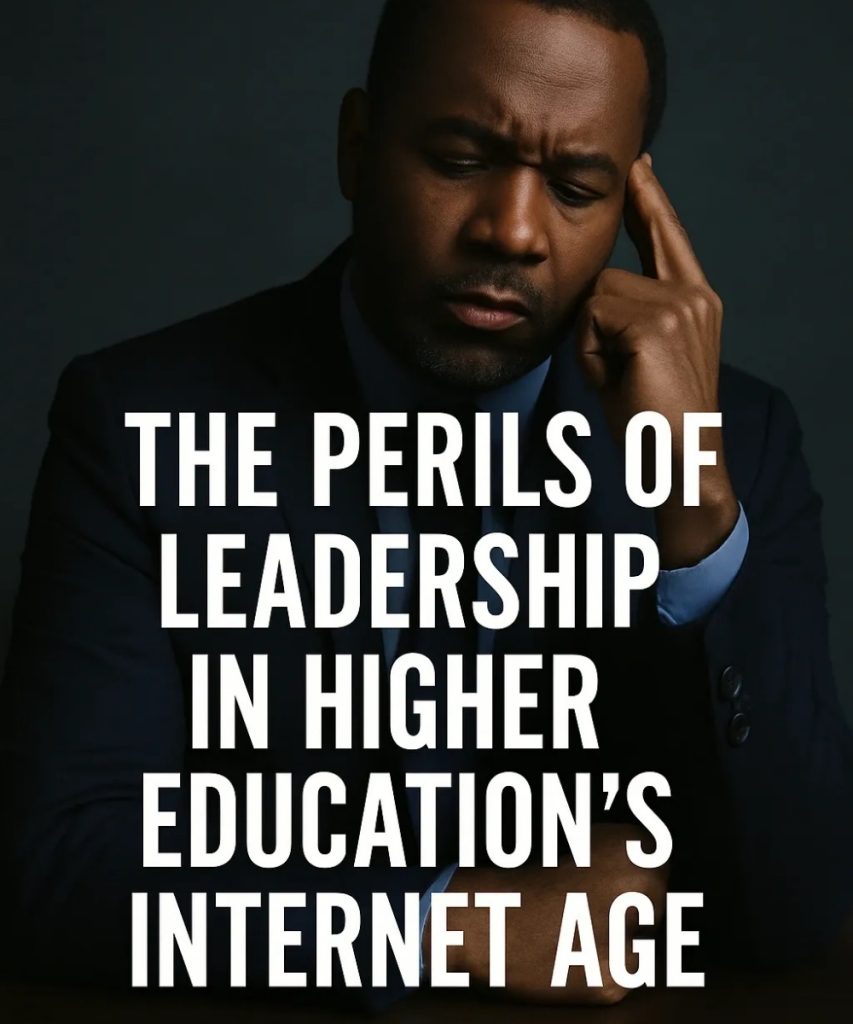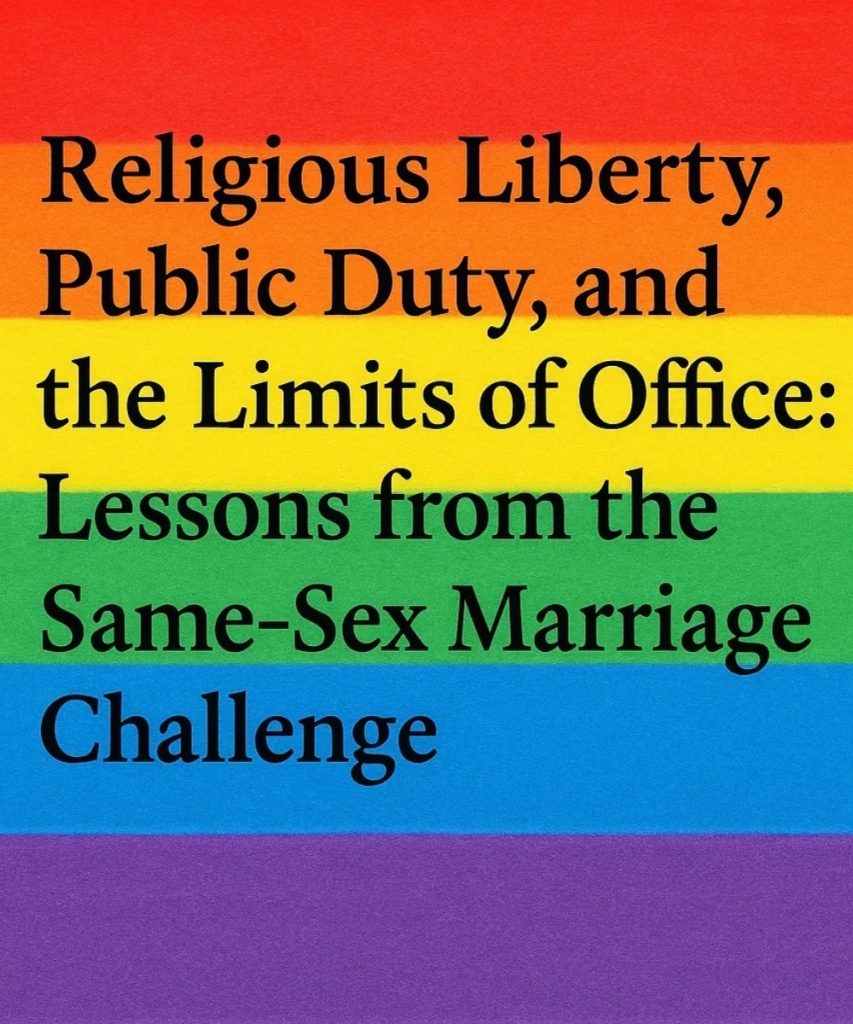As a law student, I am trained to believe that the Constitution is more than parchment. It is a guidepost, a living compact between people and government. But the recent United States Supreme Court term sends a chilling message. The highest court in the land has redrawn the lines surrounding presidential power, the authority of federal agencies, and the enforcement of civil rights. The law may be my academic focus, but what is unfolding will affect all of us—students, workers, voters, and communities alike.
In Trump v. United States, the Court ruled that a former President is entitled to absolute immunity from criminal prosecution for core official acts and presumptive immunity for other official conduct. The Court stopped short of extending protection to private behavior, but the practical effect is monumental. Actions taken while in office, even those that test the boundaries of democratic norms, may now be beyond the reach of the legal system. Justice Sotomayor, writing in dissent, warned that the ruling “makes a mockery of the principle, foundational to our Constitution and system of government, that no man is above the law.”
This decision is not solely about one man. It is about the future of executive accountability. In law school, we are taught that the separation of powers is a safeguard against tyranny. This ruling risks turning that safeguard into a shield for unaccountable authority.
In Loper Bright Enterprises v. Raimondo, the Court overturned the longstanding Chevron doctrine, which had allowed federal agencies to interpret ambiguous statutes as long as their interpretations were reasonable. The Court declared that it is now the sole responsibility of judges to interpret federal law. This shift weakens the ability of agencies like the Environmental Protection Agency and the Food and Drug Administration to respond efficiently to evolving public needs. Justice Kagan, in dissent, argued that the decision eliminates deference to expert judgment and gives unelected judges the final say over technical and policy-driven questions.
Another significant case, Garland v. Cargill, struck down the federal ban on bump stocks, ruling that the devices do not meet the legal definition of a machine gun. In a country already overwhelmed by gun violence, this decision narrows the tools available to lawmakers and regulators attempting to address the crisis. The ruling reflects a continued narrowing of the federal government’s ability to regulate firearms, even amid growing public concern.
In Murthy v. Missouri, the Court found that the plaintiffs lacked standing to challenge the federal government’s communications with social media companies regarding misinformation. The case raised fundamental questions about free speech and government responsibility in the digital age. While the majority avoided a direct ruling on the substance, the issue remains unresolved and continues to divide legal scholars and civil liberties advocates.
The Court also decided City of Grants Pass v. Johnson, which allows municipalities to fine or jail unhoused individuals for sleeping outdoors, even when no shelter is available. Critics of the decision argue that it criminalizes poverty and ignores the systemic failures that have led to the nation’s growing homelessness crisis.
These rulings, taken together, reflect a broader transformation in the Court’s approach to the role of government, the scope of individual rights, and the nature of judicial power. The Court is reinforcing executive privilege, weakening regulatory capacity, and limiting access to relief. This is a fundamental shift in the structure of American constitutional governance.
As a law student, I am not simply studying abstract legal concepts. I am witnessing the contours of justice being redrawn. These decisions will shape how lawyers advise clients, how courts hear claims, how agencies enforce protections, and how people experience the law in their daily lives.
But this moment requires more than legal analysis. It demands civic awareness. The Supreme Court has always played a powerful role in our democracy. From Dred Scott to Brown v. Board of Education, from Roe v. Wade to Dobbs, the Court has made decisions that define our national values. Sometimes those decisions have moved us forward. Sometimes they have pulled us back.
This term reveals a Court focused more on curtailing government power than protecting public interests. It favors structural interpretations that empower executives and judges while reducing avenues for the public to seek justice or accountability.
We cannot meet this moment with passivity. The Constitution begins with the words “We the People” not as a ceremonial phrase but as a charge. If we want a democratic system that reflects fairness and justice, we must engage in the work of democracy. That includes voting, organizing, litigating, and holding all branches of government accountable, including the judiciary.
Law students must see themselves not just as future professionals but as future stewards of justice. The law is not neutral. It reflects the choices of those in power. But it can also reflect the courage and vision of those who choose to act.
This Supreme Court term may have concluded, but the impact of its decisions will echo for years. Whether those echoes erode or strengthen democracy will depend on how we respond—not only in the courtroom, but also in our classrooms, communities, and collective imagination.



